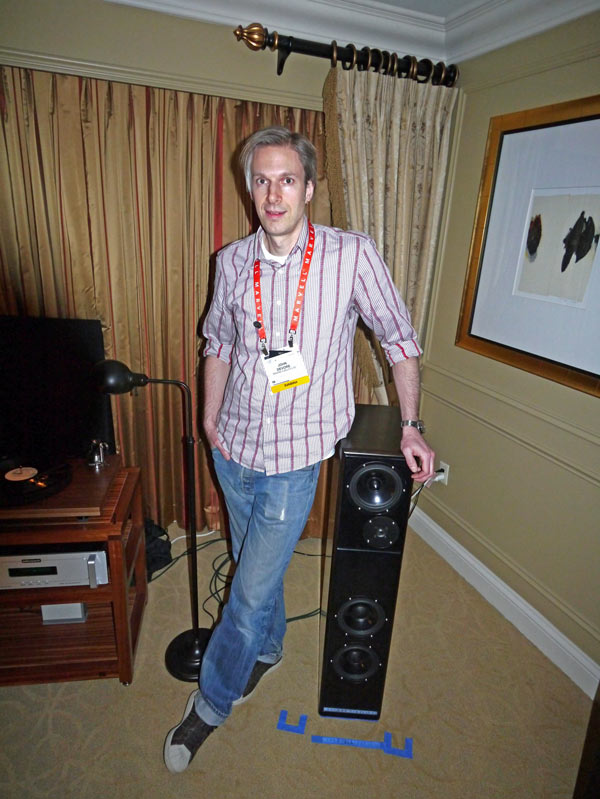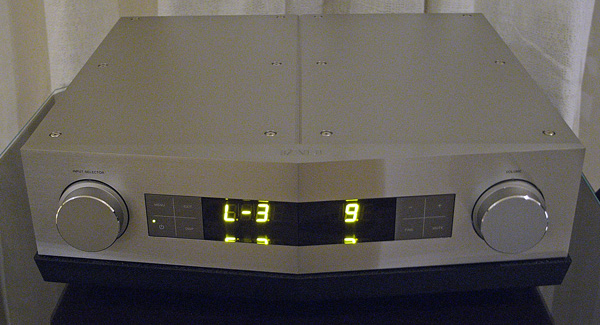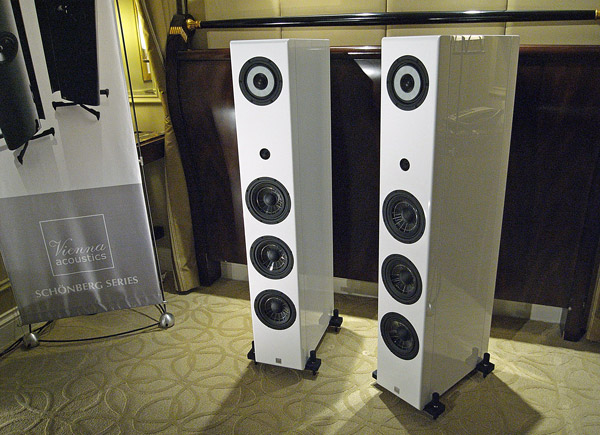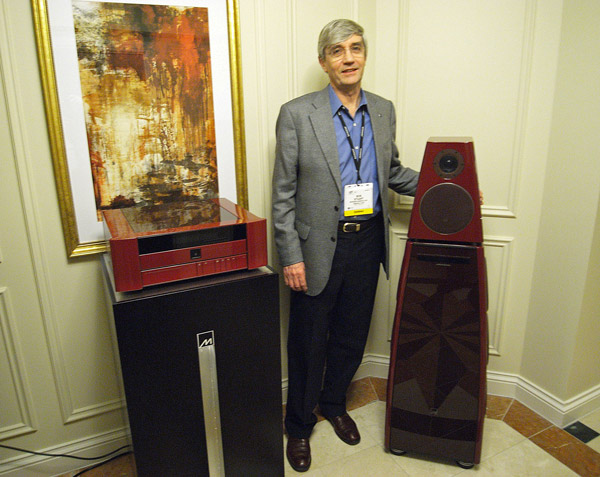John DeVore & the Gibbon X
DeVore is a name that's no stranger to Stereophile readers, two DeVore Fidelity models being listed in "Recommended Components," and designer John DeVore often mentioned in Stephen Mejias' blog. The Gibbon X ($11,000/pair) is a new three-way floorstanders, featuring all NewGen drivers, including a woofer that is 50% larger than the woofer of the original Gibbon and has double the linear voice-coil travel. The new midrange driver has a phase plug for improved transient performance, and has its own chamber. With the LP of Louis Armstrong and Duke Ellington playing on the system that included the Gibbon Xs (Well Tempered Lab turntable and arm, Audio Research electronics), I was sorry that I had to leave to continue on my rounds.
Continue Reading »










